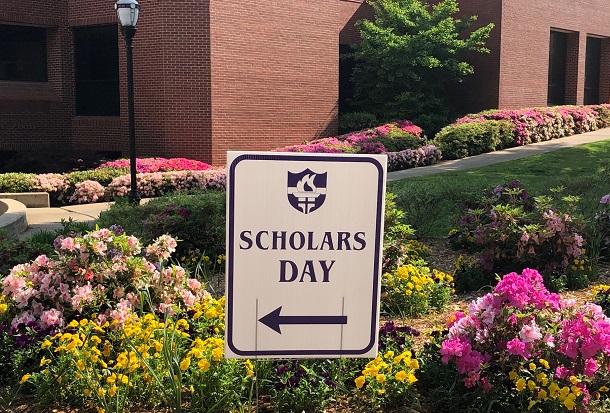Presentation Type
Thesis
Department
Art
Location
Berry-Peeples Bible Building Room 126
Description
The project is centered around the exploration of Arabic typography and its multi-faceted uses. Arabic calligraphy is an old practice and tradition that has been studied and refined since it was founded. Comparatively, Arabic typography is a much more recent creative study that is still developing, thus there has not been much literature that covers it. Therefore, the main goal of the project is to highlight and integrate Arabic typography with Arabic calligraphy. By doing so, the project builds a bridge within Arabic graphic design, connecting the rich Arabic calligraphy to its newer counterpart, Arabic typography.
In our day and age of inclusivity and fast communication, it is proving to be crucial to create a bridge between languages. Design using Roman and Arabic letterforms is challenging, but worthwhile when it all comes together into one harmonious design. The contrast between the Arabic letterforms and Roman ones is striking when the designer uses the appropriate fonts and calligraphic styles. By bridging that linguistic gap in a functional and aesthetic way, the second goal for the project is to build a bridge between the Arabic design world and the English-speaking design world. Finally, English-speakers who want to learn Arabic and love art will find this as a great starting point due to the educational nature of the content.
Creative Commons License

This work is licensed under a Creative Commons Attribution-NonCommercial-No Derivative Works 4.0 International License.
Arabic Ligature Brochure
Alif: Building a Bridge
Berry-Peeples Bible Building Room 126
The project is centered around the exploration of Arabic typography and its multi-faceted uses. Arabic calligraphy is an old practice and tradition that has been studied and refined since it was founded. Comparatively, Arabic typography is a much more recent creative study that is still developing, thus there has not been much literature that covers it. Therefore, the main goal of the project is to highlight and integrate Arabic typography with Arabic calligraphy. By doing so, the project builds a bridge within Arabic graphic design, connecting the rich Arabic calligraphy to its newer counterpart, Arabic typography.
In our day and age of inclusivity and fast communication, it is proving to be crucial to create a bridge between languages. Design using Roman and Arabic letterforms is challenging, but worthwhile when it all comes together into one harmonious design. The contrast between the Arabic letterforms and Roman ones is striking when the designer uses the appropriate fonts and calligraphic styles. By bridging that linguistic gap in a functional and aesthetic way, the second goal for the project is to build a bridge between the Arabic design world and the English-speaking design world. Finally, English-speakers who want to learn Arabic and love art will find this as a great starting point due to the educational nature of the content.



